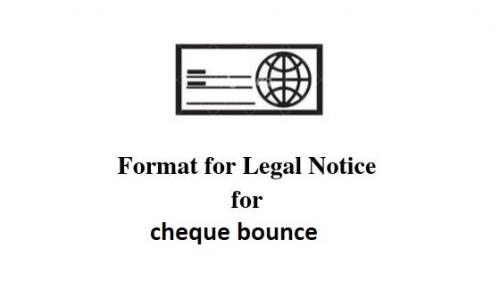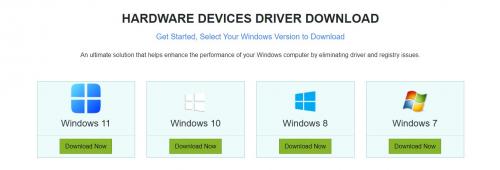What is the procedure for installing device drivers in Windows 10?
installing device drivers in Windows 10 , which are pieces of software that allow Windows to
communicate with the devices you connect to your computer. Normally, Windows
recognises and accepts your new component, and it just works. Other times,
before completing the task, Windows connects to the Internet and retrieves some
automatic instructions.
But
now and again, you'll plug in something that Windows either doesn't recognise
or doesn't remember. Perhaps something connected to your PC is acting up, and
you're seeing strange warnings like "needing a new driver."
Also Check : HP Deskjet 3630 To Wifi
It's
up to you to find and install a Windows driver for that part in these
circumstances. The best drivers come with an installation application that sets
the software in the correct location and fixes the problem immediately. All of
the grunt labour is left up to you by the worst drivers.
If
Windows fails to recognise and install the newly connected piece of hardware,
even after restarting your computer, take these steps to find and install a new
driver:
1. Download the most recent Windows driver from the part manufacturer's website.The manufacturer's website is frequently stamped on the part's box. If you can't find it, use Google to look up the part manufacturer's name and website. Look in the Support, Downloads, or Customer Service sections of the website. Before the website will provide you with the driver, you'll need to enter the part's name, model number, and your computer's operating system (Windows 10) there.
2. Start the installation
programme for the driver.
When you double-click a downloaded file, the installation programme launches and instals the driver for you. If that's the case, you're done. If you haven't already, move on to Step 3. If the downloaded file's icon has a small zipper on it, right-click it and select Extract All to unzip its contents into a new folder containing the files.
3. Choose Device Manager from
the pop-up menu when you right-click the Start button. The Device Manager
appears, displaying a list of all the parts within or connected to your
computer. Next to the problematic section, a yellow triangle with an embedded
exclamation point icon displays.
4. In the Device Manager
window, select the problematic device. Then, from the Device Manager's menu
bar, select Action and then Add Legacy Hardware from the drop-down menu. The
Add Hardware Wizard walks you through the steps of installing new hardware and,
if necessary, new drivers. However, even experienced technicians may be
frustrated by this last-ditch method of reviving problematic parts.
Fortunately, you only need to install drivers in one of two
scenarios:
·
You've just purchased and installed new hardware, and it's
not working properly. The drivers that come with newly purchased parts are
usually old. Visit the manufacturer's website, download, and install the most
recent driver. The new driver is likely to resolve issues with the previous set
of drivers.
· You've connected a new device that Windows doesn't recognize. Often, locating and installing the most recent driver will resolve the issue.
If a piece of hardware isn't giving you problems, don't bother updating its driver, even if you find a newer one online. It's likely that the newer driver only supports newer models of the gadget you own. And that new driver could cause a problem with something that was previously working properly.
At last, don't waste your time signing up for a service that promises to keep your computer up to date with the most recent drivers. They have the potential to cause more harm than good.









Comments